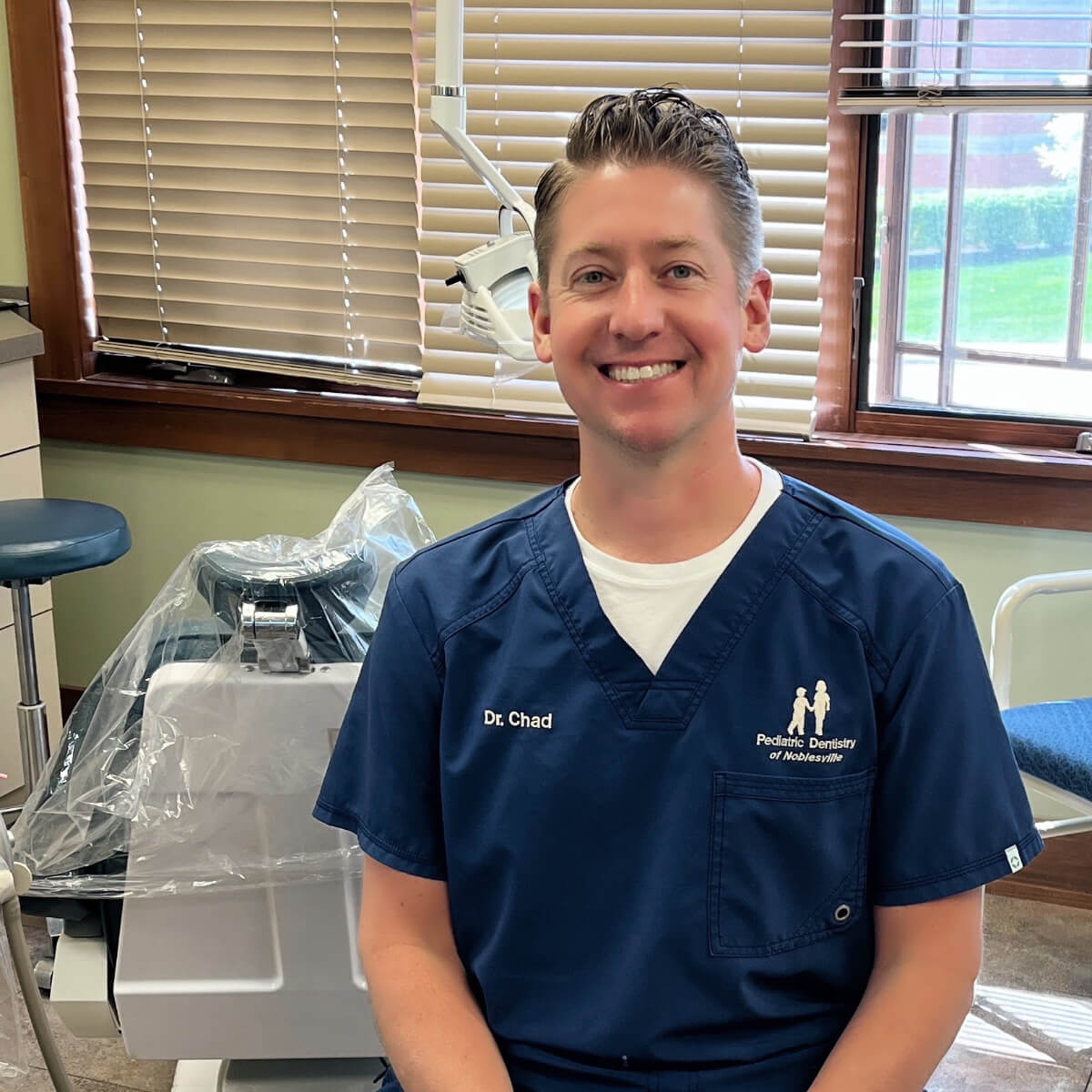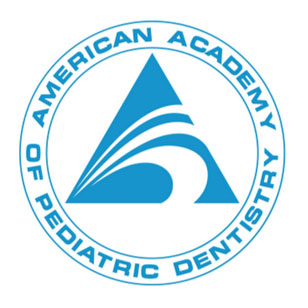Sealants
The chewing surfaces of most molars and premolars contain many deep grooves, known as pits and fissures. These anatomic grooves are difficult to clean and can easily trap food, sugar, bacteria, and debris. As such, permanent molars are highly susceptible to dental caries, otherwise known as tooth decay. One way to prevent caries on a healthy tooth is to apply a dental sealant, commonly known as a pit and fissure sealant.
What Are Dental Sealants?
Dental sealants have been used for almost fifty years to help prevent the formation caries on permanent (and sometime primary) molars. Dental sealants are made from a resin-based material and are easily placed on the healthy molars of a cooperative child. Sealants are bonded to the grooves and fissures of teeth in a layer thin enough to not affect a child’s normal bite.
Most sealants appear white in color, although some dental sealants are crystal clear. Sealants are applied to a tooth for the purpose of preventing food and bacteria from entering its deep grooves and starting the decay process.



FAQ’s
Why are dental sealants used?
Permanent first molars are the teeth most susceptible to dental caries. Typically, most people have four permanent first molars. These four teeth erupt into the mouth around age 6 years. Around age 12 years, four more permanent molars erupt. In between this time, most children will lose all eight of their baby tooth molars, which are replaced by permanent teeth called premolars.
Unfortunately, over half of adolescents aged 12-19 years old have experienced at least one carious tooth. The proper placement and maintenance of a dental sealant will greatly reduce the chance of decay in these teeth. The American Dental Association reports that sealants have been shown to reduce the risk of decay by 80% in molars. Pit and fissure sealants can help save time and money in the future by eliminating the chance of fillings, crowns, and even extractions.
How are dental sealants administered?
Sealants are only able to be placed in a dry field. It is impossible to place a sealant on a tooth that has any moisture on its surface. Therefore, a candidate for dental sealants must be cooperative enough to remain still while keeping their mouth open.
At the beginning of the sealant appointment, the molar is thoroughly cleaned and dried. There are several ways to keep a tooth dry, but most likely one or two cotton rolls will be placed next to the tooth. Sometimes, a rubber dam (also known as a dental raincoat) may be needed to isolate the tooth. After the tooth is dried and isolated, the chewing surface of the tooth is conditioned with an etchant, a material we commonly call “tooth soap”. Next, the liquid sealant is dispensed on the tooth. Finally, a curing light (a very bright blue light) is shined on the tooth for at least 20 seconds to harden the sealant. At this point, the sealant is bonded to the tooth.
It only takes a few minutes to place one sealant. It is not necessary to have any injections to numb or put the tooth to sleep to place dental sealants. Nor is it necessary to prepare (drill or grind) on the tooth for sealant placement.
Who benefits from dental sealants?
Sealants are recommended by a dentist after performing a caries risk assessment. If a molar is deemed “at-risk” for dental caries, sealants are typically recommended. Sufficient evidence tells us that any patient, regardless of age, with “at-risk” molars will benefit from dental sealants.
National health and nutrition data tell us that over 1 in 5 children ages 6 to 11 years and over half of children ages 12 to 19 years have experienced at least one carious lesion in their permanent teeth. If a dentist can apply dental sealants to children and adolescents before their permanent teeth become carious, the chances of them developing future caries are greatly decreased.
When are dental sealants recommended?
Ideally, dental sealant placement is recommended after the complete eruption of the permanent first molars. Typically, this occurs between ages 5 and 7 years of age. However, a child’s behavior or other circumstances can delay the recommendation. Dental sealants are not made solely for permanent first molars. Special circumstances will necessitate the need for sealants on primary (or baby tooth) molars.
When most children reach the age of 12, a second set of permanent molars erupt. It may be prudent to seal these second molars if their anatomy dictates as such.
Every now and then, dental sealants may entirely or partially come off a tooth. If this is the case, we are happy to reseal the tooth. Most dental sealants last up to ten years. At this time, the sealant may need touched up to provide more years of protection.
Where can one get dental sealants?
Most prevention-oriented dental offices offer dental sealants to their patients. At Pediatric Dentistry of Noblesville, we are strong advocates of dental sealants. It is important to note that even the best-placed dental sealant must be properly maintained. This includes smart home hygiene practices and a healthy diet.
We recommend brushing teeth at least twice per day, especially right before bedtime. This will keep food and debris off the sealant while the child is sleeping. Eating and drinking healthy foods will also help maintain a dental sealant. Sticky and chewy foods are known to pull sealants off teeth. Acidic drinks such as orange juice, apple juice, lemonade, energy drinks and all sodas will not only cause demineralization of healthy enamel but will also weaken the bond strength of the sealant to the tooth.
We recommend brushing teeth at least twice per day, especially right before bedtime. This will keep food and debris off the sealant while the child is sleeping. Eating and drinking healthy foods will also help maintain a dental sealant. Sticky and chewy foods are known to pull sealants off teeth. Acidic drinks such as orange juice, apple juice, lemonade, energy drinks and all sodas will not only cause demineralization of healthy enamel but will also weaken the bond strength of the sealant to the tooth.
It is also important to note that while dental sealants are extremely effective in preventing caries in the deep grooves of teeth, they do not help prevent caries on smooth surfaces. Smooth surfaces such as the enamel on front teeth (known as incisors) are unable to be sealed. It is very important to note that even though a permanent molar is sealed, it is still possible for this tooth to get a cavity! Brushing the smooth surfaces of the tooth and flossing in between teeth are paramount to keeping the entire tooth cavity free.
Professional Accreditations






